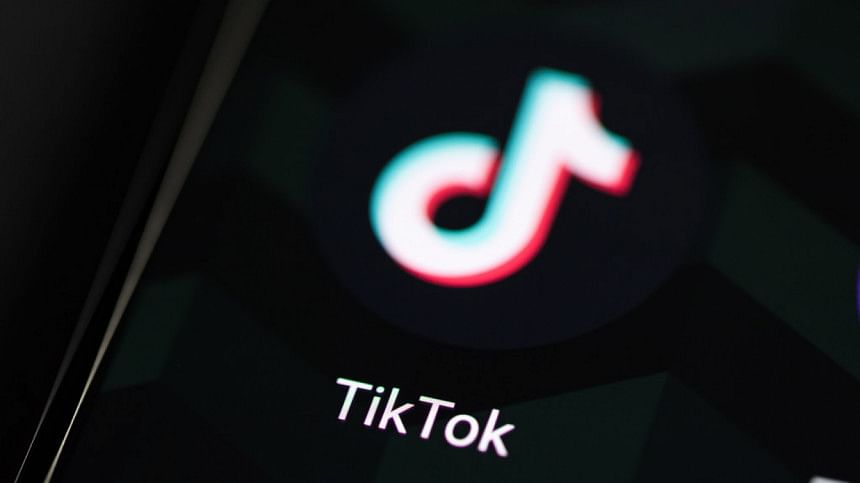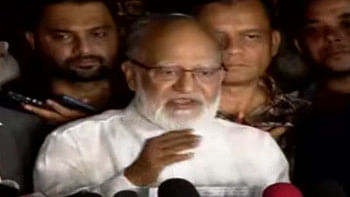Social media’s role in mental health and digital wellbeing

As digital platforms become more integral to daily life, concerns have emerged about their effects on mental wellbeing. Platforms like TikTok, YouTube, Instagram, and Facebook offer users ways to connect and access information, but they also introduce risks related to extended screen time, exposure to potentially harmful content, and the mental health impacts of ongoing connectivity. In response, these platforms have started to incorporate features aimed at promoting digital wellbeing and addressing these concerns.
Research suggests that heavy social media use can sometimes correlate with increased anxiety, depression, and feelings of inadequacy, especially among younger users. With many young adults turning to these platforms for health-related information, social media has a considerable role in shaping public perceptions of mental health. Consequently, TikTok, YouTube, Instagram, and Facebook have implemented various measures to create safer and more supportive environments.
Digital wellbeing tools across platforms
TikTok, like many other platforms, has introduced several tools to help users manage their engagement. The platform offers a Safety Centre and a screen time limit feature for users under 18, adjustable by parents. TikTok also features screen time breaks, allowing users to set custom intervals to remind themselves to pause after a certain amount of uninterrupted usage.
Similar measures are available on Instagram and Facebook, which allow users to set screen time reminders to monitor their usage. Instagram and Facebook have also introduced a "Take a Break" feature that prompts users to step away after a certain period of continuous scrolling. YouTube has implemented its own suite of digital wellbeing tools, including time-tracking features and a "Take a Break" reminder, which helps users monitor and manage their viewing time. YouTube also allows users to schedule "bedtime reminders," which notify them when it's time to stop watching videos for the day.
In addition, many of these platforms provide dashboards that display user activity, including daily screen time and active hours. These insights, available on TikTok, Instagram, Facebook, and YouTube, aim to help users stay aware of their digital habits and make informed decisions.
Content filters and parental controls are also available across platforms. For example, YouTube offers a restricted mode that filters age-inappropriate content, while Facebook's Family Center and TikTok's Family Pairing feature provide tools for parents to manage their children's online experiences. Instagram similarly offers parental controls that allow guardians to monitor and set limits on their teens' usage.
Collaborations to combat misinformation
In response to concerns about misinformation, TikTok, YouTube, Instagram, and Facebook have partnered with organisations to provide accurate health-related information. TikTok, for instance, collaborates with the World Health Organization (WHO) to promote credible health information, while Facebook and Instagram have similar partnerships that direct users to reliable resources during public health crises. YouTube also features information panels on health videos, linking to trusted sources for users seeking further information.
Supporting mental health advocacy on social media
All four platforms have also made efforts to support mental health advocacy. TikTok fosters a community of mental health advocates who create content addressing topics like ADHD and mental health stigma. Similarly, Instagram and Facebook have ongoing collaborations with mental health organisations, such as the National Alliance on Mental Illness (NAMI), to share resources and promote awareness through initiatives like #HereForYou and #MentalHealthMatters.
In 2023, TikTok also joined forces with the Rare Impact Fund, an initiative founded by Selena Gomez, contributing $250,000 to support the Fund's mission to expand access to mental health services. This year too, on the occasion of World Mental Health Day, TikTok has a separate dedicated hashtag: #MentalHealth, for users to access all the content and resources on mental wellbeing.
YouTube, too, has promoted mental health through campaigns and partnerships with creators who discuss personal experiences with mental health issues, providing insights and fostering a supportive community. In addition, Facebook has previously collaborated with organisations like the American Foundation for Suicide Prevention to provide resources and tools for users.
Social media's evolving approach to mental health support
Social media platforms such as TikTok, YouTube, Instagram, and Facebook are increasingly focusing on mental health support, reflecting a shift from purely engagement-driven models to ones prioritising user wellbeing. Overall, the evolving approach of these platforms reflects a broader commitment to creating a more supportive digital environment. By combining wellbeing features, reliable health information, and active mental health advocacy, these platforms are now working to foster a digital space that prioritises user health and encourages balanced, informed usage. As these efforts continue to develop, they highlight an increasing recognition within the social media industry of the importance of mental health and responsible digital engagement.

 For all latest news, follow The Daily Star's Google News channel.
For all latest news, follow The Daily Star's Google News channel. 



Comments